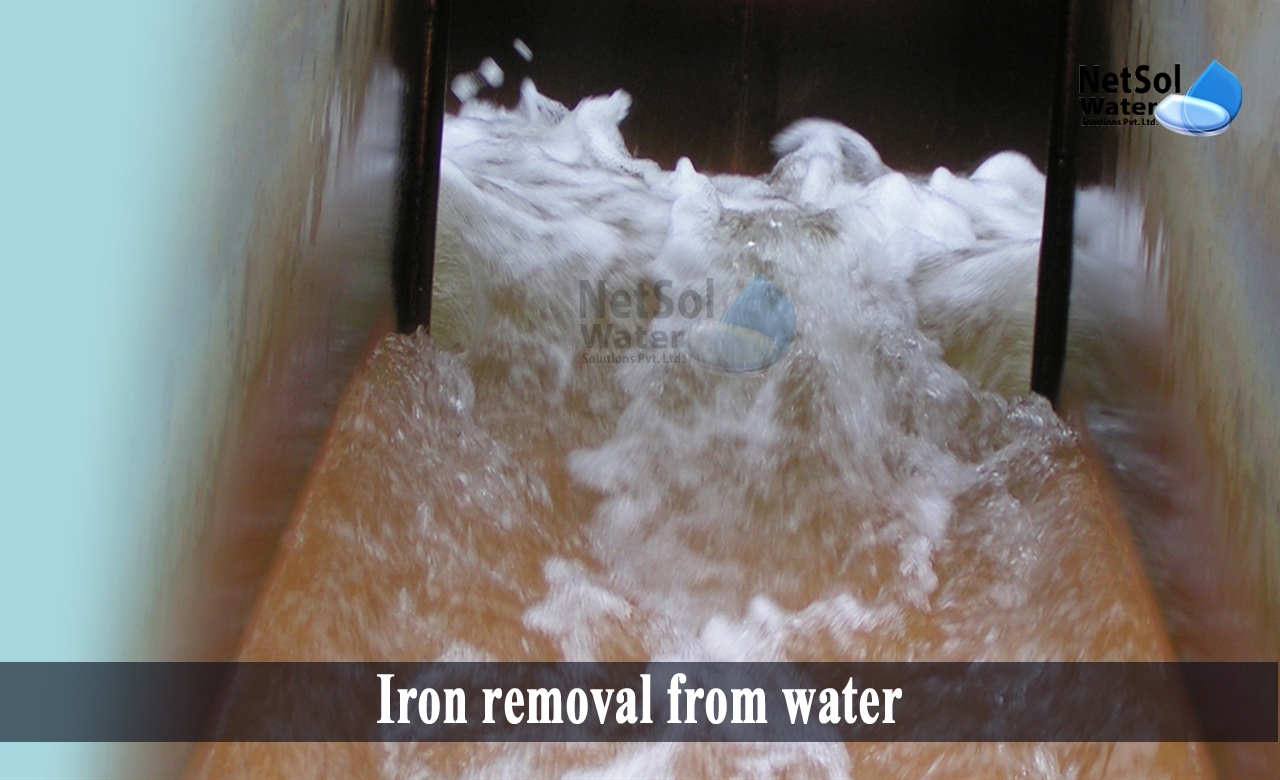How to remove Iron from water?
In the water treatment industry today, iron and manganese are the most prevalent ground water issues. Iron in water can affect taste, colour, and many other aspects. Because, iron and manganese are chemically related, their difficulties are also similar.
Laundry, porcelain, dishes, utensils, and even glassware will become stained, with a reddish-brown colour due to iron. Brownish-black spots are brought on by manganese.Iron and manganese stains are not removed by detergents and soap, and using alkaline builders and chlorine bleach may make the stains worse.
Deposits of iron and manganese will amass in pressure tanks, water softeners, pipes, and water heaters. The water supply's flow and pressure are decreased as a result.Accumulations of iron and manganese cause other issues, since they require the replacement of water supply, water treatment, and softening equipment. As a result, removal of iron and manganese from water is required.
Bacteria from iron and manganese
Some bacteria live by interacting with soluble iron and manganese compounds. These creatures are typically found in waters with high iron and manganese concentrations.
Black or reddish brown gelatinous substance precipitates and accumulates as a result of the reaction, which transforms the iron and manganese from a soluble state into a less soluble form (slime). Iron or manganese can discolour clothing and clog water treatment systems, and plumbing fixtures.
Maximum permitted levels
According to the EPA Drinking Water Standards, the maximum contamination levels (MCL) for iron are 0.3 mg/l and 0.05 mg/l, respectively. When iron and manganese levels exceed the recommended maximum contamination levels (MCL), the water, clothes, and plumbing fixtures typically become discoloured.
Water treatment for iron and manganese removal
· Polyphosphate Treatment
By encasing the dissolved iron and manganese in a sophisticated molecule that is soluble in water, polyphosphate media react favourably with them. Because of this, the iron and manganese cannot precipitate from their reaction with oxygen.
· Ion-exchange process
An ion exchange water softener can exchange sodium for soluble iron and manganese. The same ion exchange method used to remove calcium and magnesium hardness is used, to remove iron and manganese.
Iron and manganese are taken from the medium during regular water softener operation, and then calcium and magnesium are also removed from the medium during regeneration and backwashing. Some water softeners may effectively treat water with up to 10 ppm of iron. Others, however, are restricted to treating water that contains no more than 1 ppm of iron.
· Filtration and chlorination
When concentrations are higher than 10 ppm, chemical oxidation followed by filtration is the most effective way to remove iron and manganese. An open tank is filled with a chlorine solution using a chemical feed pump or a tablet chlorinator. The water must settle before the chlorine reacts.
Water containing iron and manganese will oxidise, upon coming into contact with the chlorine solution, soluble iron and manganese starts to precipitate nearly instantly, converting them to ferric hydroxide and manganese dioxide.
Sand filtering can then be used to remove the flocculated particles. Sodium bisulfide, sulphur dioxide, or just activated carbon absorption methods are used, to eliminate chlorine after filtering.
The chlorination system's ability to kill microorganisms is an added benefit.
Along with other bacteria, iron and manganese bacteria are eliminated. The sand filter's potential clogging issues are resolved. When organic matter is present in the water, chlorination does result in trihalomethanes (THM), and can be removed using an activated charcoal or carbon filter, if necessary.
At an alkalinity level (pH) of 8.0-8.5, respectively, iron and manganese are chlorinated at the fastest pace possible. The pH will be optimally raised when chlorine is injected into soda ash. Alkaline pH adjustments help lessen the corrosive impact of water on plumbing, and fixtures.
How can we assist?
Netsol Water produces some of the most cost-effective and efficient water treatment systems, for wastewater mitigation, turning produced water into point source compliant discharge, or re-usable reclaimed wastewater. This complements its well-known water provisioning capabilities.
Netsol Water is Greater Noida-based leading water & wastewater treatment plant manufacturer. We are industry's most demanding company based on client review and work quality. We are known as best commercial RO plant manufacturers, industrial RO plant manufacturer, sewage treatment plant manufacturer, Water Softener Plant Manufacturers and effluent treatment plant manufacturers. Apart from this 24x7 customer support is our USP. Call on +91-9650608473, or write us at enquiry@netsolwater.com for any support, inquiry or product-purchase related query.



